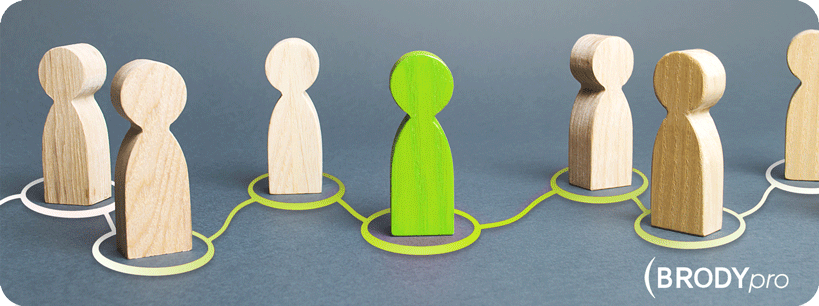You may already be aware that knowing your Purpose, Audience, and Logistics (your PAL™) is the foundation of creating a good presentation. But…
What makes a presentation persuasive?
A persuasive presentation must appeal to both the mind and the heart; and it must be delivered with conviction.
Let’s consider three of the greatest speeches of all time and see if we can identify why their words have endured—delivered by Patrick Henry, Frederick Douglass, and Susan B. Anthony.
Patrick Henry
At the Virginia Convention In 1775, as American colonists debated whether or not to mobilize forces against the British, Patrick Henry spoke in support of revolution.
“Is life so dear, or peace so sweet, as to be purchased at the price of chains and slavery? Forbid it, Almighty God!—I know not what course others may take; but as for me, give me liberty or give me death!”
Along with rational arguments, a persuasive presentation conveys your passion and convictions. Henry’s speech is still moving hundreds of years later! And listeners could not help but be swayed by his passionate delivery.
Frederick Douglass
About 75 years later, Frederick Douglass also spoke about liberty. In his most famous speech, “What to the Slave is the Fourth of July,” Douglass asks and then responds to his own question: “I answer; a day that reveals to him, more than all other days in the year, the gross injustice and cruelty to which he is the constant victim. To him, your celebration is a sham; your boasted liberty, an unholy license…”
Douglass goes on to contrast the reality of slavery with the claims of a just society outlined in the Declaration of Independence and the Constitution.
Contrast appeals to both the heart and the mind by highlighting the difference between our ideals and our reality.
Susan B. Anthony
In Anthony’s famed 1873 speech in favor of giving women the right to vote, she uses logic to appeal to the mind, citing the Constitution of the United States in this famous passage:
“It was we, the people; not we, the white male citizens; nor yet we, the male citizens; but we, the whole people, who formed the Union. And we formed it, not to give the blessings of liberty, but to secure them; not to the half of ourselves and the half of our posterity, but to the whole people—women as well as men.”
While we may not deliver a speech that endures for a hundred years or more, we can apply the lessons we learn from the greatest speakers of all time (GOAT).
3 Lessons You Can Apply from GOAT Speakers
- Tailor your message to your audience. What are their values? How does your message align with those values? Douglass focused on the American value of liberty and how it contradicted with slavery. Can you illustrate a gap between their ideals and the reality? Then show how your solution bridges that gap!
- Deliver your presentation with conviction. Do you believe in your message? Then present with passion! While we can’t hear Anthony speaking, we can imagine her impassioned use of strategic repetition. Remember to practice out loud until you can confidently present your message.
- Make it personal. Logic may appeal to the mind, but personal experience appeals to the heart. Share a story about how your message impacts an individual. Is it you, an audience member, someone they may know? Henry said, “Give me liberty or give me death!” He was not talking about a group or an anonymous individual but his own personal commitment to the revolution.
For more inspiration, you can read the complete text of each speaker below:
- Susan B. Anthony on a Woman’s Right to Vote
- Frederick Douglass – What to the Slave is the Fourth of July?
- Patrick Henry – Give Me Liberty or Give Me Death
You can learn to write a persuasive speech and deliver it with passion. If you or your team would like to develop your persuasive speaking skills, check out our Persuasive Speaking training. Learn to influence and inspire like the great speakers of old!
